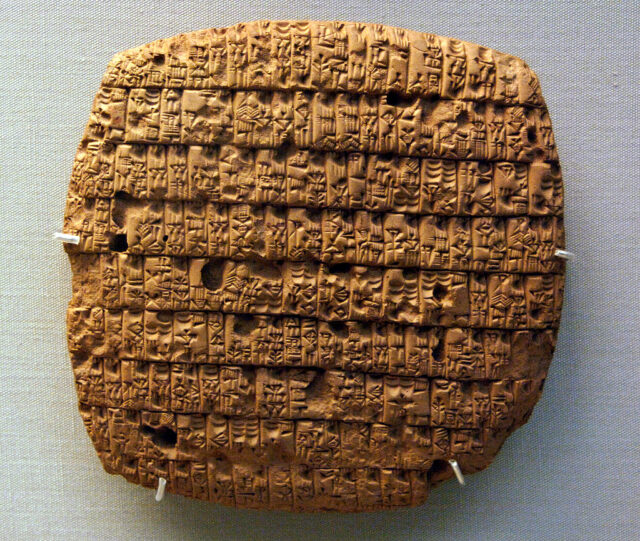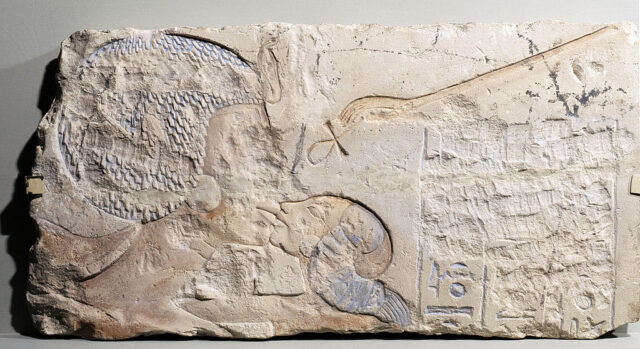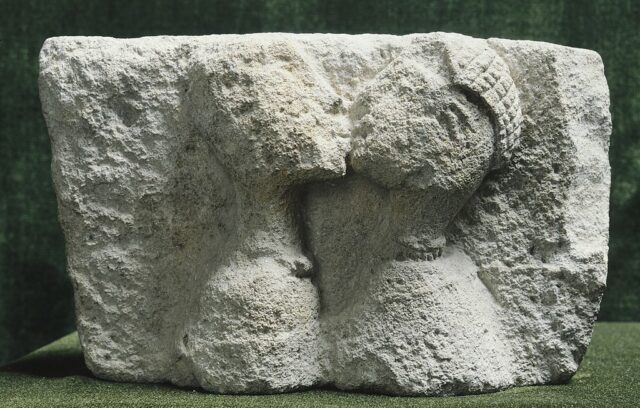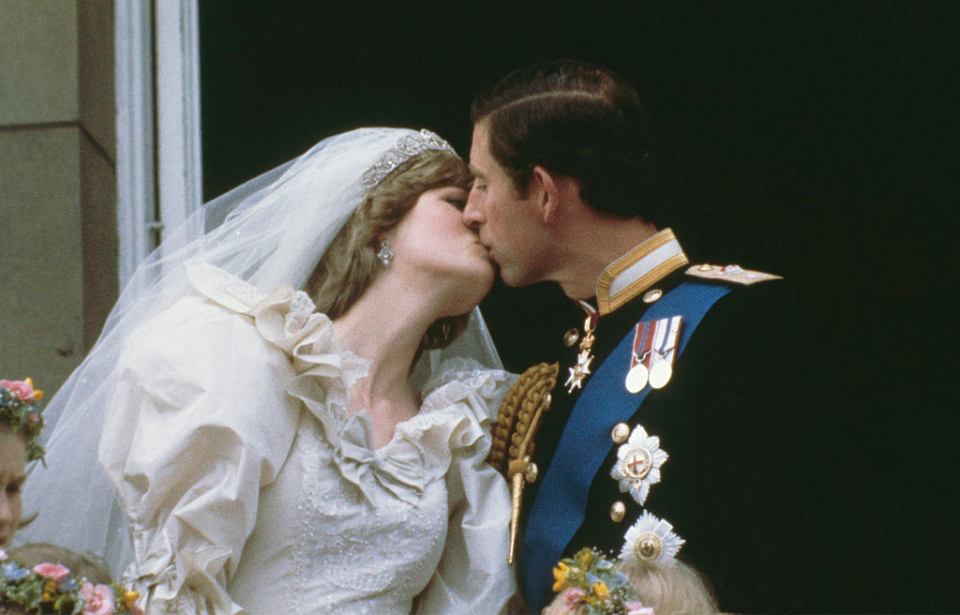In the vast tapestry of human history, intimate gestures of affection have always held a significant place. Among these acts, the kiss, a universal expression of love and connection, has endured as a timeless symbol of human connection. Unraveling the mysteries of our past, researchers have discovered the first recorded kiss in human history – and it happened much earlier than we thought.
First documented kiss

Although a kiss may seem trivial today, researchers Troels Pank Arbøll and Sophie Lund Rasmussen delved into the history of the romantic act in a study published to the journal Science. There’s no doubt humans have taken part in kissing from early in their history, but researchers have now pinpointed exactly when the first kiss was physically documented.
Supposedly, this was on a Mesopotamian tablet from roughly 4,500 years ago.
Up until the 2023 study was published, previous research thought the first reported kiss happened in India around 3,500 years ago. This new discovery shows that “kissing should not be regarded as a custom that originated exclusively in any single region and spread from there but rather appears to have been practised [sic] in multiple ancient cultures over several millennia.”
Kissing chronicles

It’s unsurprising that humans started engaging in this behavior, as our closest relatives, chimpanzees and bonobos, are also known to kiss each other.
The researchers were able to look at thousands of different Mesopotamian documents to draw these conclusions. They could see that the practice was well ingrained in this society and well-chronicled within their clay cuneiform tablets. They could see how kissing was viewed by these early people and what type of role it had in their society.
They said, “Kissing was considered a part of romantic intimacy in ancient times, just as kissing could be part of friendships and family members’ relations.” Also shown in these texts were certain customs, such as it being commonplace for “an unmarried woman swearing to avoid kissing and having sexual relations with a specific man.”
Kissing wasn’t always romantic

The researchers weren’t just looking at kissing for the fun of it, they were doing so to study the transmission of disease. According to them, these acts often led to some very un-romantic things. In particular, the kiss recorded in India happened around the same time a large outbreak of oral herpes occurred, which spread throughout the entire continent.
Yet Arbøll and Rasmussen contradict this in their study, since kisses weren’t first “created” around this time. They said, “If the practice of kissing was widespread and well-established in a range of ancient societies, the effects of kissing in terms of pathogen transmission must likely have been more or less constant.”
More from us: New Archaeological Find Could Reveal Clues About Mysterious Medieval Viking City
Essentially, the increased number of cases of oral herpes likely wasn’t caused by more kissing. Instead, people were probably kissing as much as they’d always done.
